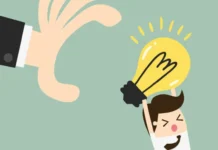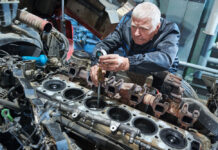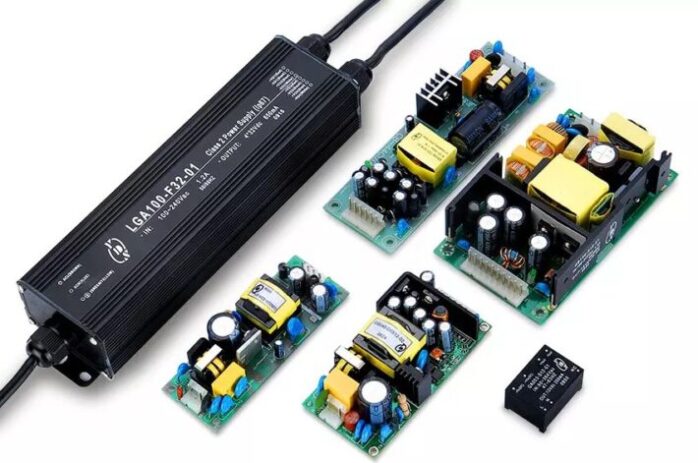
Dealing with electricity and using electric devices is something we do on a daily basis. We cannot imagine modern life without all sorts of gadgets and appliances that make it faster, more efficient, and more enjoyable. However, one of the weirdest things about it all is how little people know about the things they use. If an alien were to come to Earth and asked an average person how an appliance works, they would have no idea what to say except that it runs on electricity.
How much do you really know about it all and do you think you should know more? No matter if you are in the line of business where this is important or if you just like technology and want to know more, there is a lot to explore and get yourself educated on.
For example, do you know the different types of DC to DC converters or what they even do? In this article, this is what we will focus on. Keep on reading if this is something you think you should know. In addition, to expand your knowledge on DC to DC converters even more and browse a wide selection of products across multiple industries, check out epicpowerconverters.com.
What is DC/DC Converters?
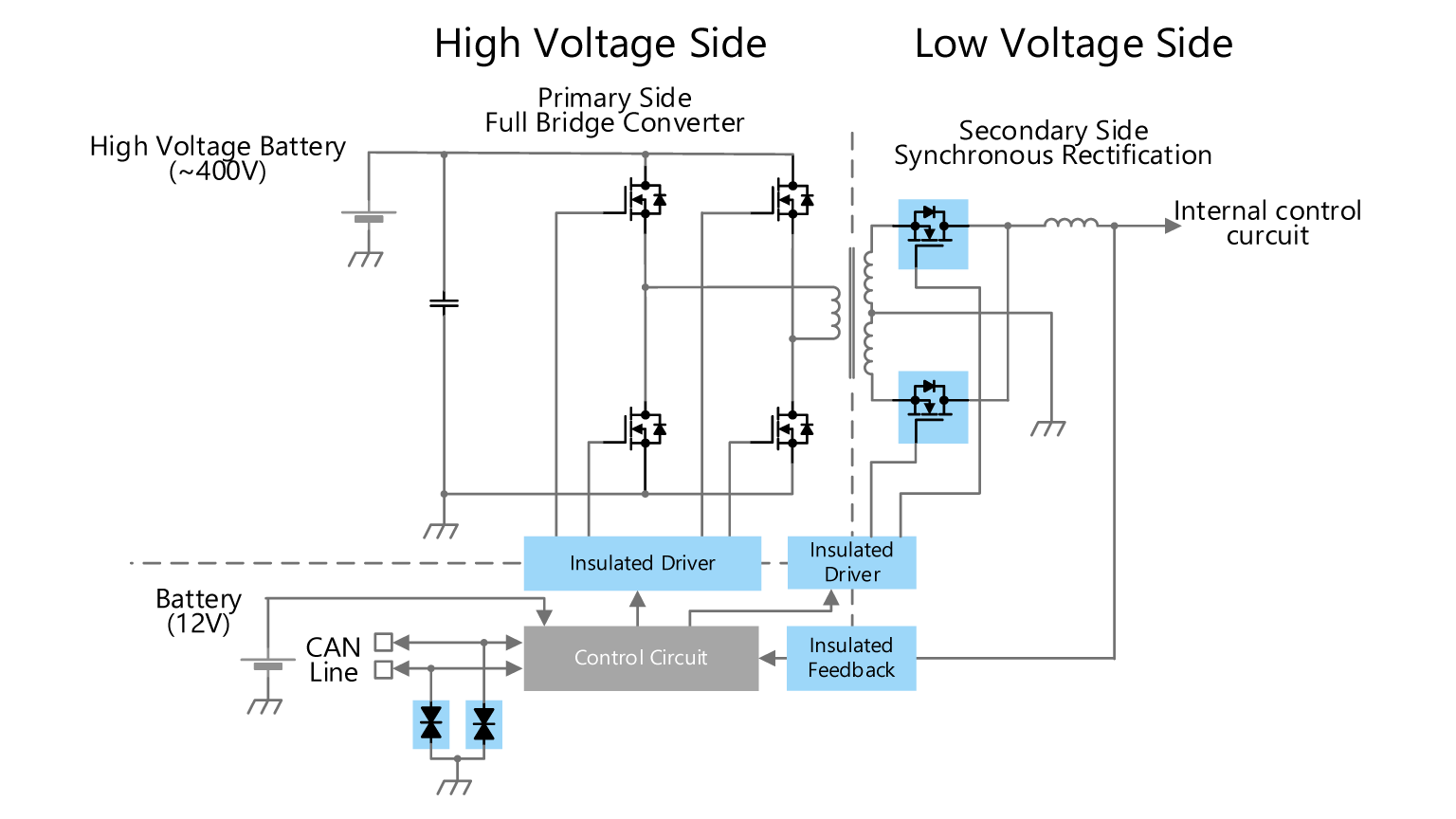
In the world of electricity and supply of power, DC means Direct Current, a type of electric current the flow is unidirectional. A DC to DC converter represents a whole class of power supplies that are able to convert the source of direct currents from one level of voltage to another. In the broadest distinction, there are two types of such converters. The first are linear and the second are switched.
Linear DC/DC converters use resistive voltage drops to make and regulate the given output voltages. On the other hand, the switch variety converts the output after they store the input energy periodically and only then release it at different voltages. Their storage is either a transformer, a magnetic field (inductor), or an electric field (capacitor).
Switch mode types have certain advantages over the linear. First of all, the efficiency of the power conversion is a lot higher. Since the frequency is also higher, there are smaller passive components and thermal management is easier and simpler. Lastly, the energy they store can be transformed in three different ways. It can be smaller than the input, which is the step-down or buck. It can also be higher if we talk about boost. Thirdly, there is the option of buck-boost with reverse polarity or inverters. Compared to these, the linear variety only generates voltages that are lower than the input.
Since we mentioned the advantages, it is only right that we also talk about the disadvantages. First, they are noisier and they need more frequent energy management which comes as control loops. Still though, in the modern varieties, the controller chips make the whole task much easier and simpler.
Non-Isolated DC to DC Converter
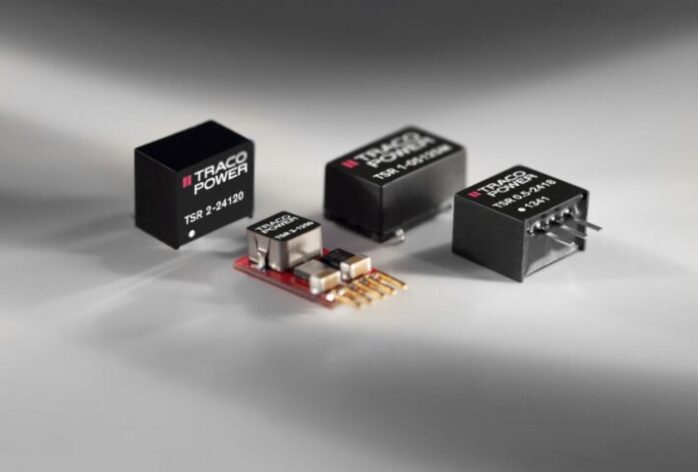
We talked about the switching type already but we have more to say about it in this section. They are practically circuits that use power switches, inductors, diodes, and capacitors. Together, they transfer the energy and make output from the input. No matter if the user wants to achieve the buck, boost, or inverter types, the parts can be arranged and setup in more than one way. These are essentially the different types of converters that you need to know about. Pay close attention to the next few subsections.
Step-Down or Buck Converters
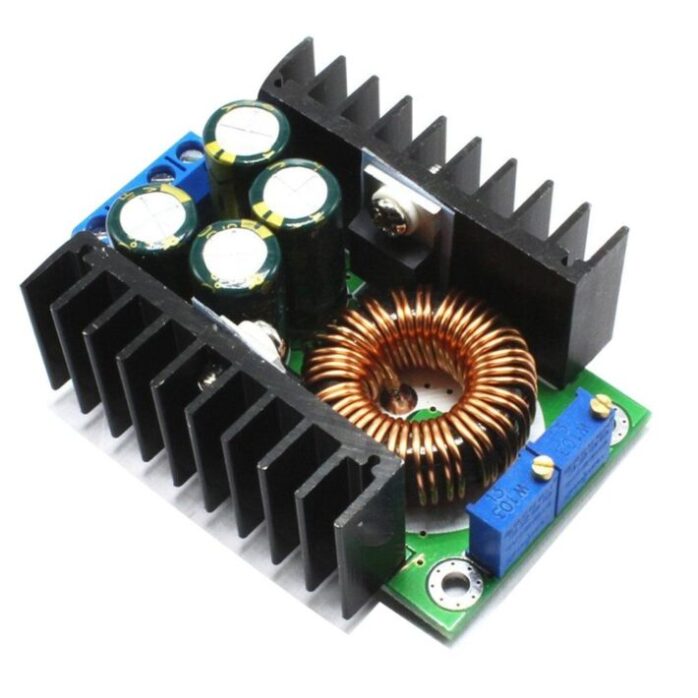
With the formula of Vout = D * Vin, we have the typical non-isolated converter that is also called the step-down or buck converter. In this type, the output voltage (Vout) depends on the input voltage (Vin), as well as the power switch’s duty cycle (D).
Step-Up or Boost Converter
The formula of this type of DC to DC converter is Vout = Vin / (1-D). It uses exactly the same number of passive components as the last. However, they are arranged in a different way in order for the output to be higher what the input provided. This is used when there is a need for higher voltages.
Buck-Boost Converters
The third type you should know about has a somewhat more complicated formula as it is also a more complex type of converter. It goes, Vout = -D * Vin / (1-D). The buck-boost DC/DC converter gives you two options, as you can either have the voltage stepped-down or stepped-up. Depending on what you need on the duty cycle, you can change it. In this system, the output voltage is reversed. The buck-boost converter is also called a voltage inverter.
Isolated DC to DC Converters
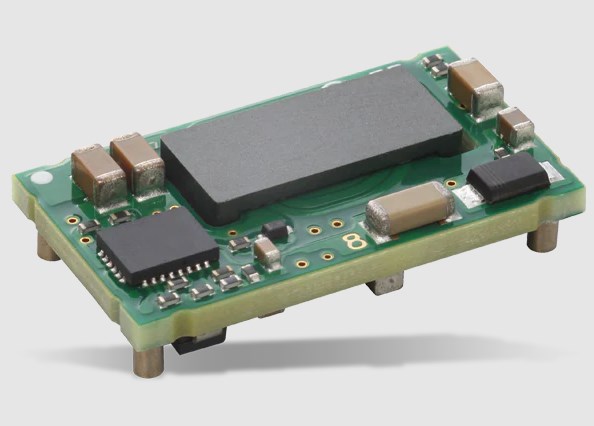
Now that we have talked about the non-isolated varieties, we must also talk about the isolated types. There are less of them, only two. The first are flyback, and the second are forward. Both types have transformers that provide the needed isolation between the output and input. If we were to compare them to the non-isolated, we could say that the flyback operates exactly like the buck-boost. However, it has a transformer that can store energy. With the forward type, transformers can also transfer the energy from primary to secondary when you close the switch.
Conclusion and Takeaways
As you can see, it is not that hard to distinguish between the different models of DC to DC converters. Considering how important they are in numerous industries, most notably lift, microgrids, marine, crane, and electromobility industries, it makes sense for anyone who deals with them or plans to work with them to educate themselves as much as possible.
Now that you know about them in greater detail, all that is left for you is to examine which ones are used where and think about which ones you will be dealing with in the field the most. They are an important factor in both heavy machinery and smaller, more delicate devices, meaning that they require skill and expertise to be dealt with.

